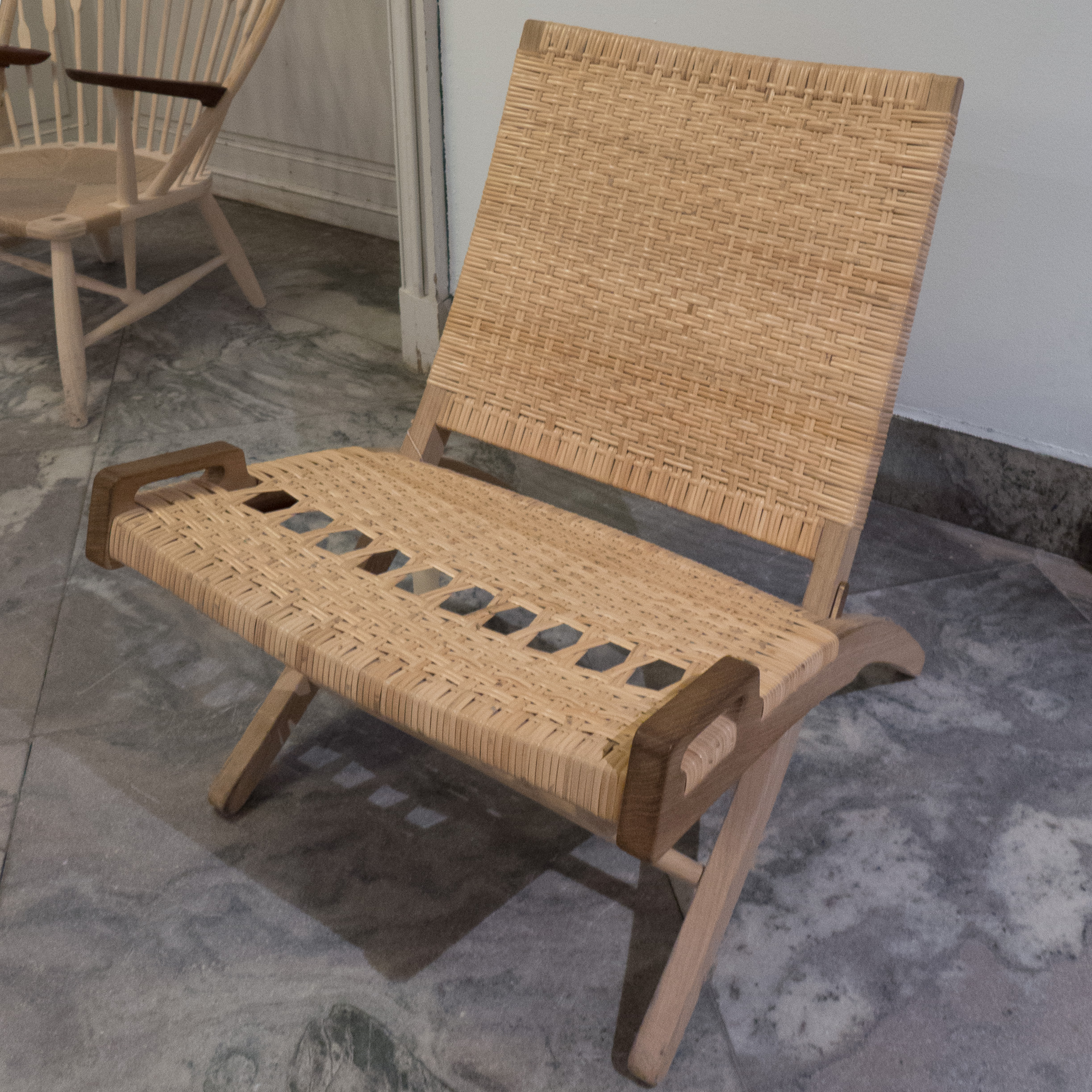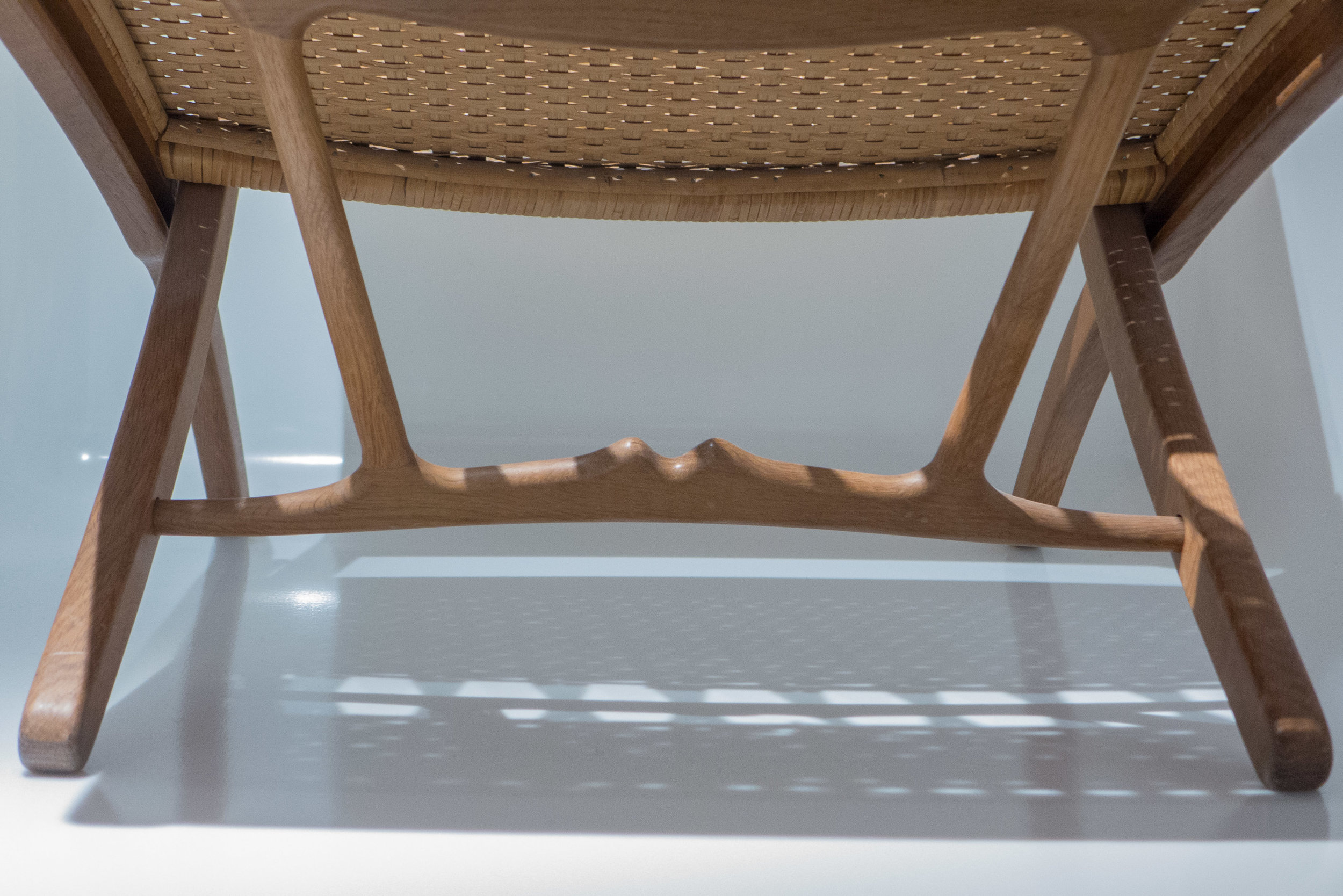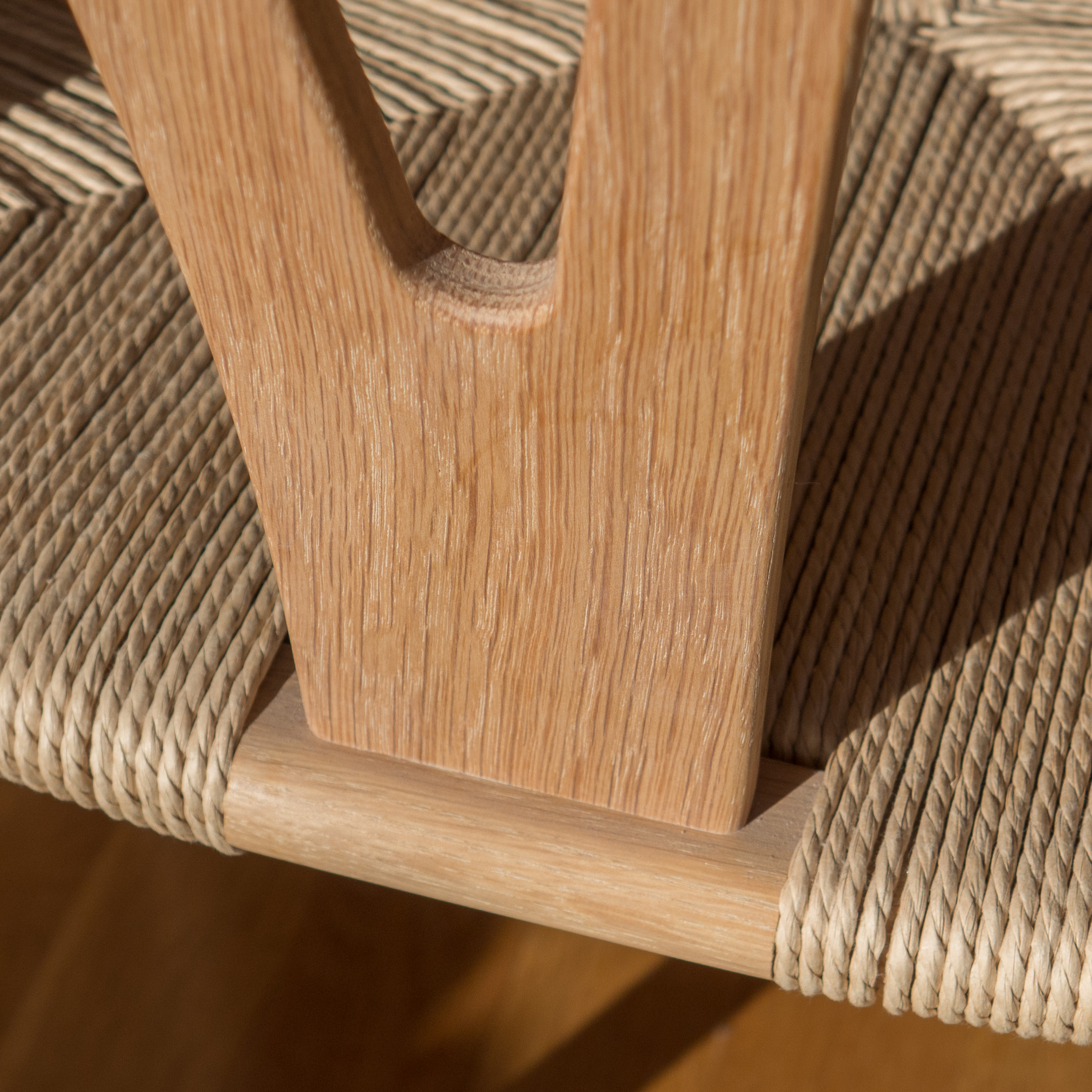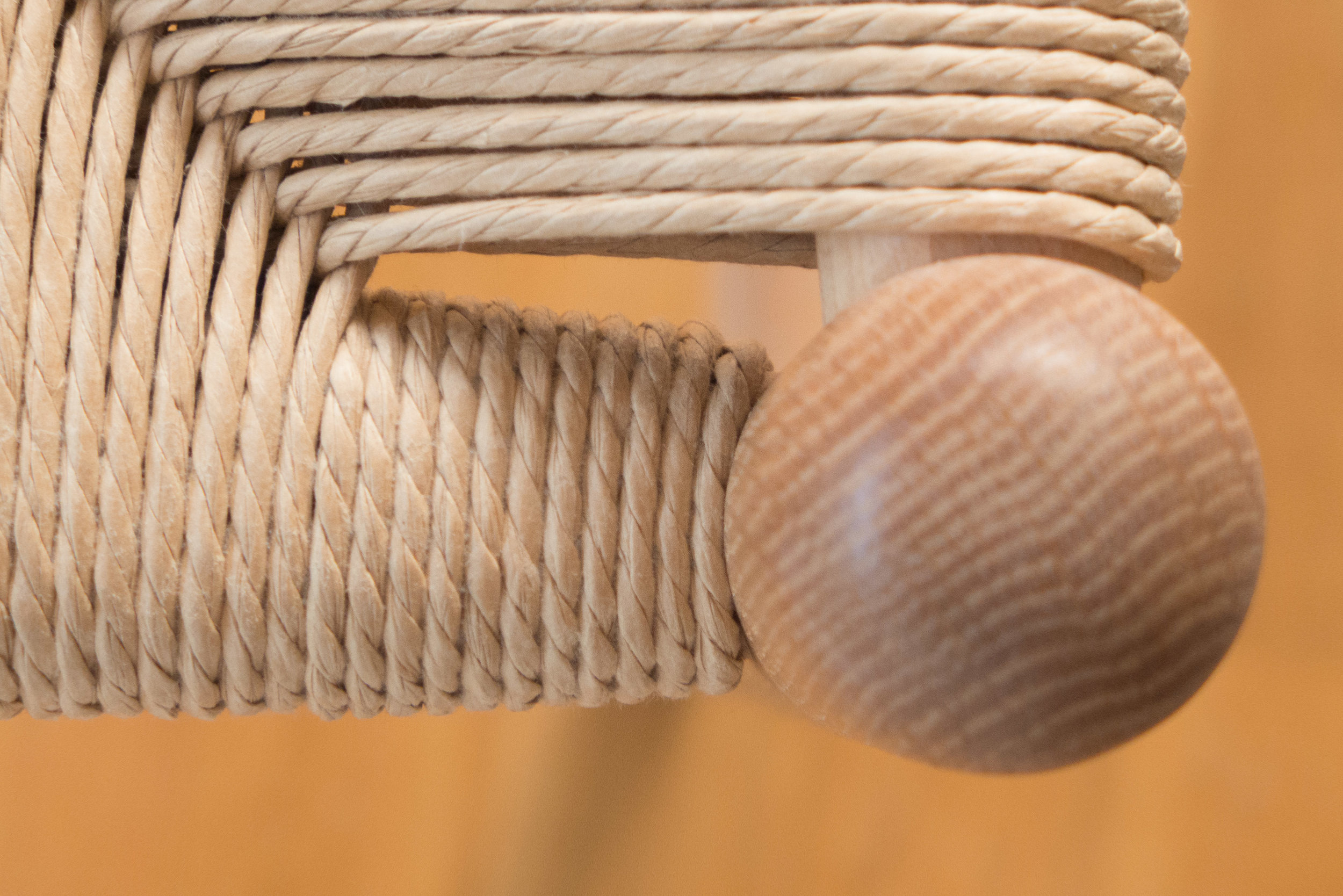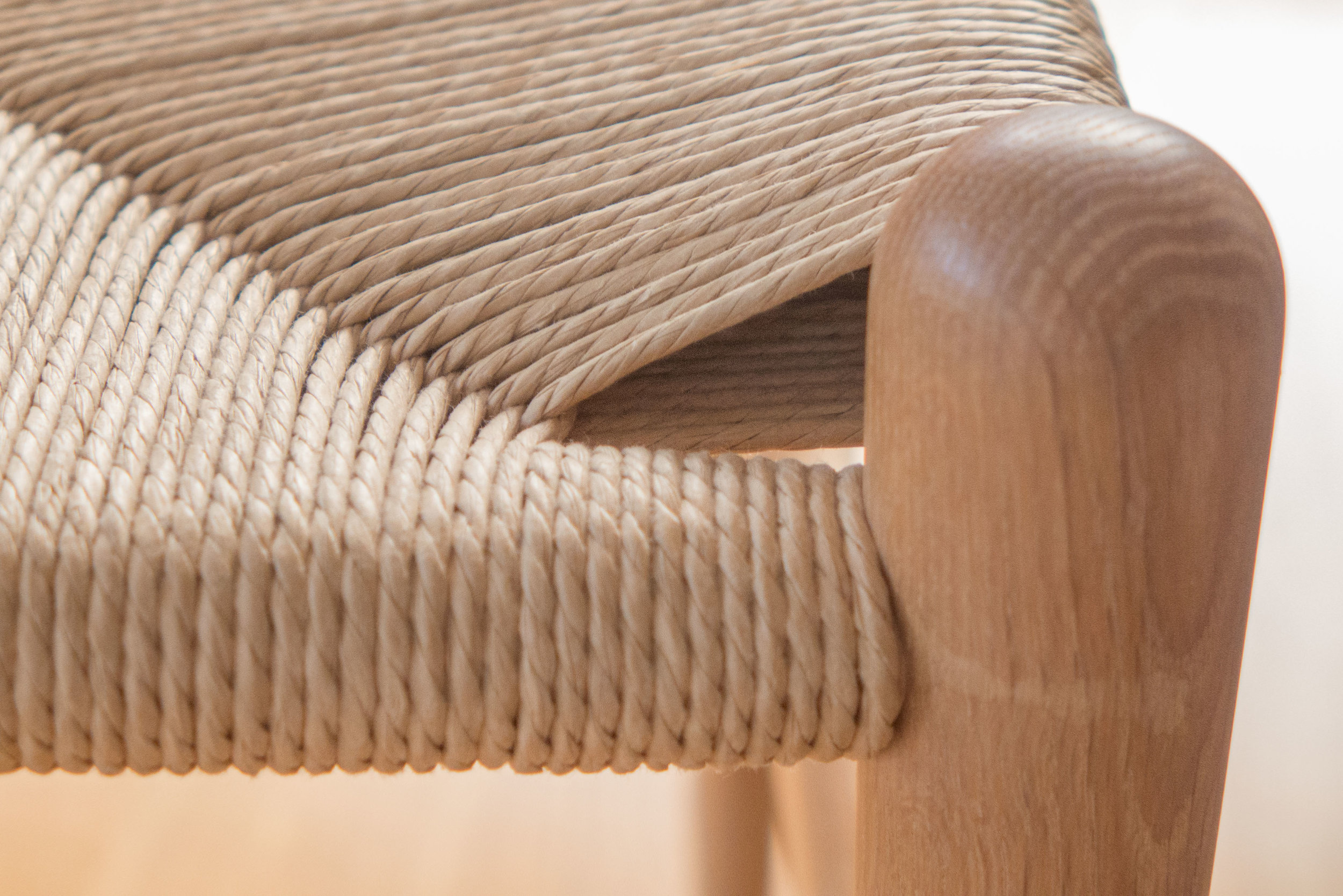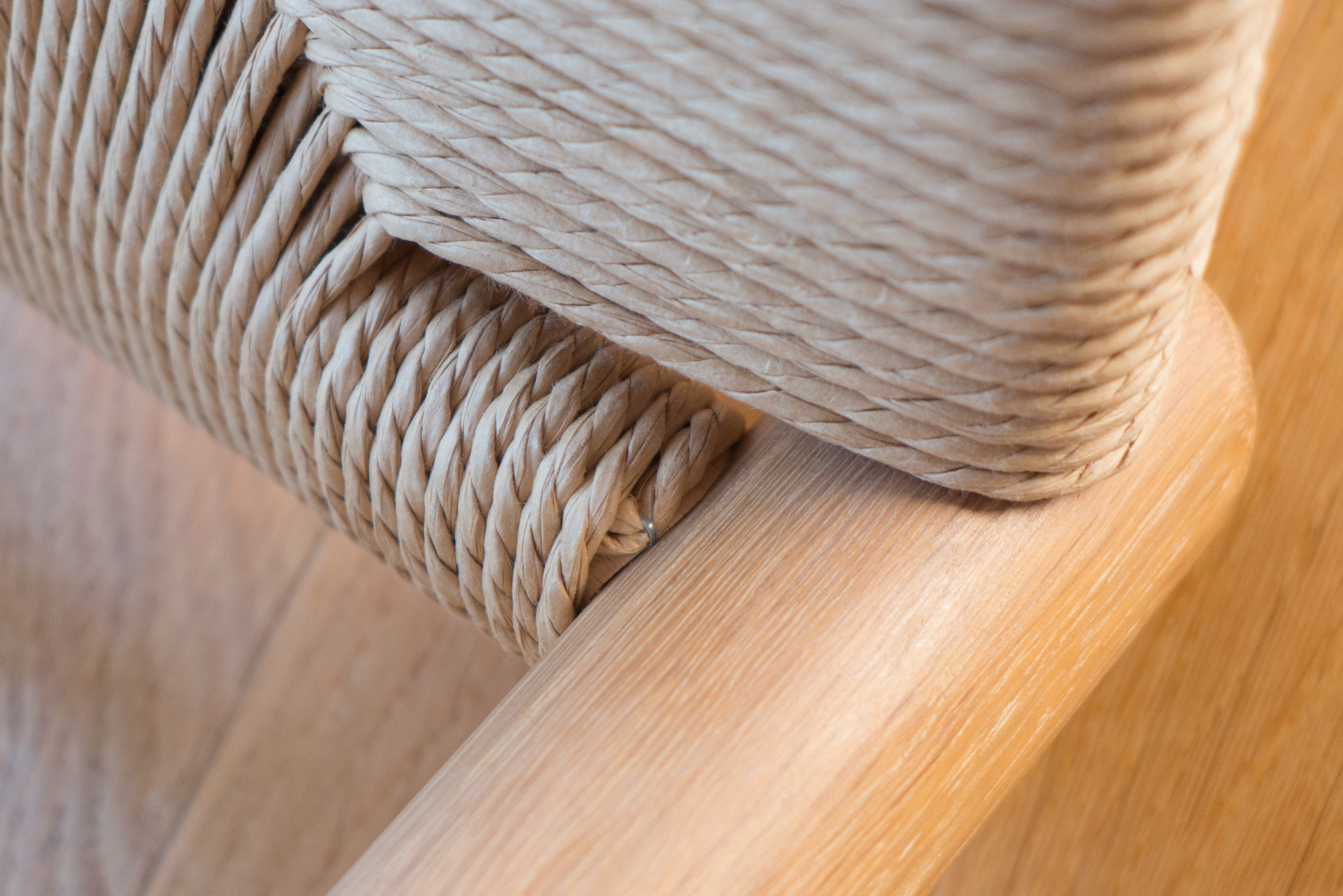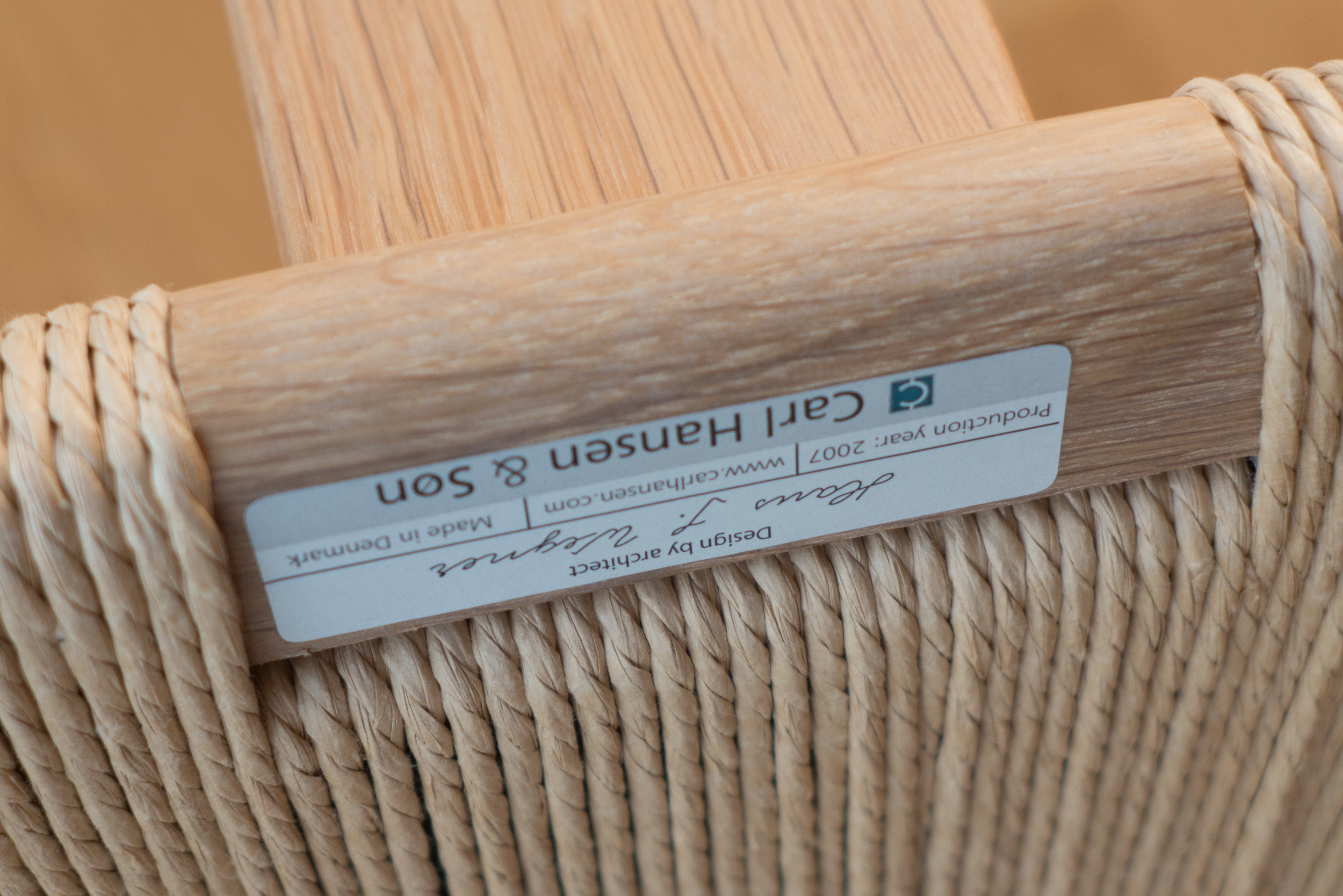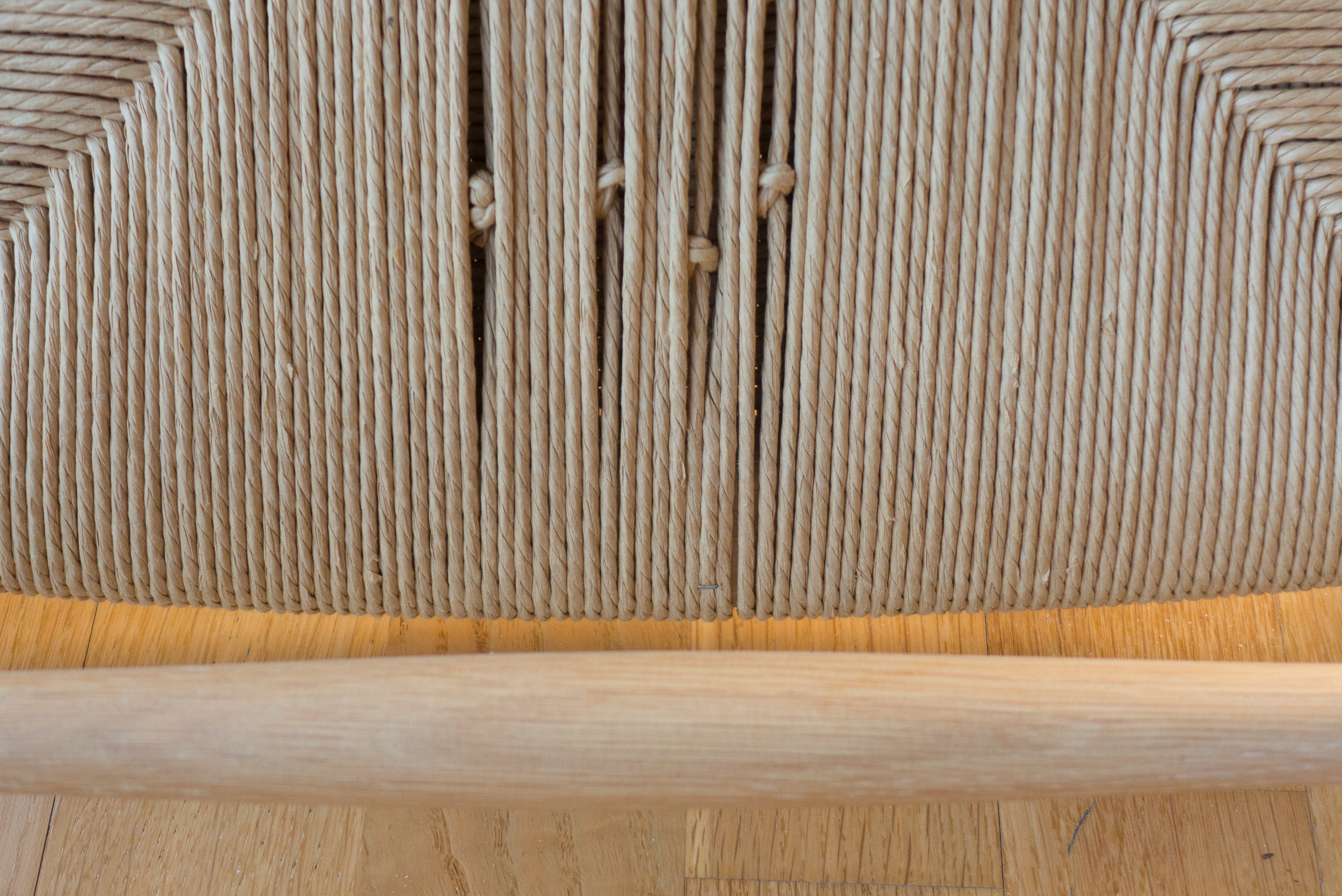Wood for chair and table legs and for the spindles of a chair back or for stretchers between the legs - to make a stronger frame - could be turned on a simple lathe and in England these lathes were often set up out in the beech woods and the turned legs and spindles brought into town where the chairs would be assembled. Turning legs and spindles for furniture required the same tools and skills needed for making the spokes of wood wheels for carts and carriages. With turned legs and spindles the fixing was also relatively simple with the end tapered and then pushed tightly into a drilled hole and that avoided having to cut complicated mortice-and-tenon joints that needed careful work with a saw and a chisel that was best done on a proper work bench where the wood could be held securely in place.
Through into the 19th century - and even into the early 20th century - local blacksmiths could make hinges and catches and nails if they were needed for the wood furniture.
Wealthier farmers in a village or clergymen who wanted more elaborate furniture for their posher homes or for the parish church bought more sophisticated and expensive furniture from nearby towns or even from abroad and then the features and styles of those imported pieces might be copied or roughly imitated by local craftsmen.
These relatively simple and 'honest' country chairs … honest meaning straightforward and unpretentious … were and still are appreciated even in the town or city. In part, they were cheaper for workers to buy but in the late 19th and early 20th century people were moving into Copenhagen to work in the port and work in new industries and may well have brought furniture from where they had lived, out in the countryside or smaller towns, or they deliberately sought out furniture that reminded them of distant family or distant lives.
It was the unpretentious modesty and simple techniques, that looked back to straightforward local carpentry, rather than fancy foreign fashions, that meant that people saw these well-made but basic and relatively light but strong chairs with turned legs and rush seats as appropriate for churches.
Good country furniture can be seen in appropriate room settings in the open air museums in Denmark and it is worth spending time looking at these pieces to see where modern designers have taken and adapted ideas or, even more interesting, to see types of furniture that are rarely made now such as the clothes press or plate rack or even the bed built into a cupboard or the large plank chests for bedding.
Features from good country furniture can be seen in the sophisticated work of major designers of the modern period including the Nyborg Library Chairs by Hans Wegner, the 'People's Chair' by Børge Mogensen and, of course, in the Church Chair by Kaare Klint.



